D-Glucose upon treatment with bromine-water gives :
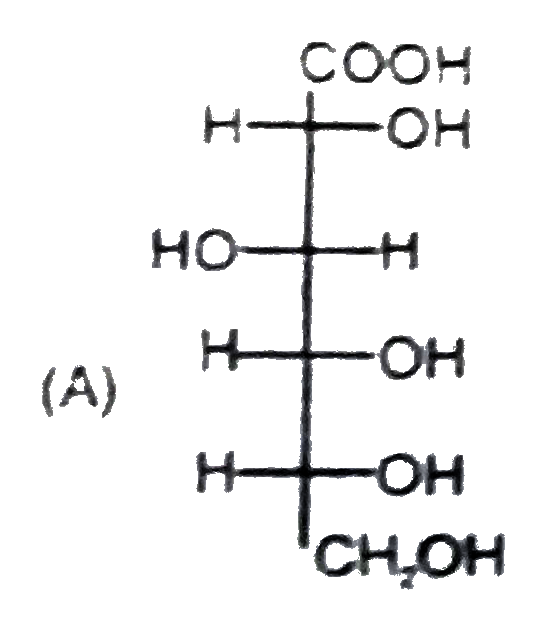
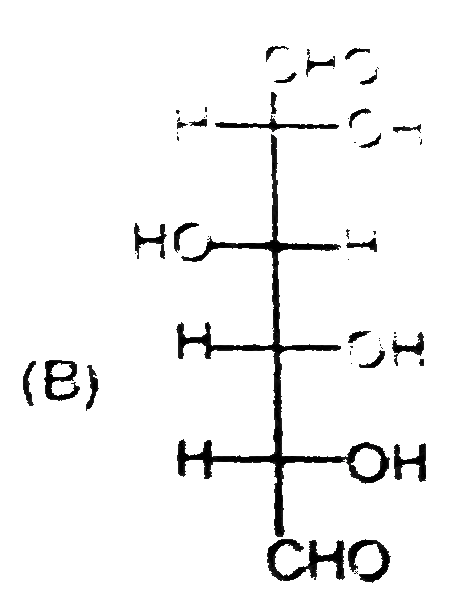

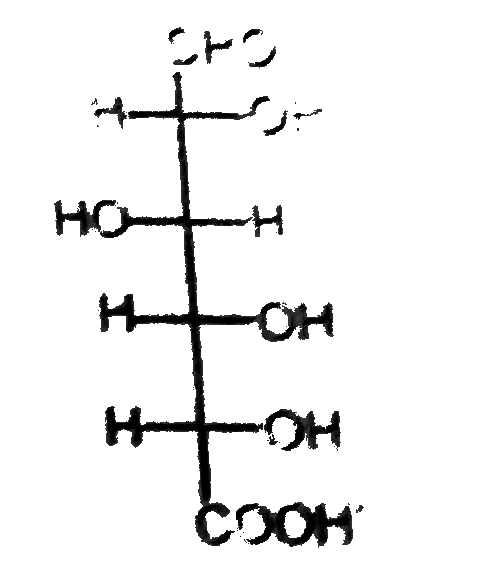
The correct Answer is:1
To solve the question, we need to determine the product formed when D-Glucose is treated with bromine water. Here’s a step-by-step breakdown of the solution:
Step 1: Understand the structure of D-Glucose
D-Glucose is an aldohexose sugar with the following structure:
- The molecular formula is C6H12O6.
- The structure can be represented as:
CHO - (CHOH)4 - CH2OH
This indicates that it has an aldehyde group (-CHO) at one end and multiple hydroxyl groups (-OH).
Step 2: Identify the reaction with bromine water
Bromine water (Br2 in H2O) is a mild oxidizing agent. When D-Glucose is treated with bromine water, the aldehyde group (-CHO) at the first carbon is oxidized to a carboxylic acid group (-COOH).
Step 3: Write the product structure
After the oxidation of the aldehyde group, the structure of the product will be:
- The original CHO group (aldehyde) is converted to COOH (carboxylic acid).
- The remaining structure of D-Glucose (the four CHOH groups and the CH2OH group) remains unchanged.
Thus, the product formed from D-Glucose upon treatment with bromine water is:
COOH - (CHOH)4 - CH2OH
This structure corresponds to D-gluconic acid.
Step 4: Compare with given options
Now, we need to compare this product structure with the provided options (A, B, C, D). The correct option will be the one that shows a carboxylic acid group (-COOH) at the first carbon.
Conclusion
Upon analyzing the options, we find that only option A contains the -COOH group at the correct position, confirming that the answer is:
Option A: D-gluconic acid
---
D-Glucose is an aldohexose sugar with the following structure:
- The molecular formula is C6H12O6.
- The structure can be represented as:
CHO - (CHOH)4 - CH2OH
This indicates that it has an aldehyde group (-CHO) at one end and multiple hydroxyl groups (-OH).
Bromine water (Br2 in H2O) is a mild oxidizing agent. When D-Glucose is treated with bromine water, the aldehyde group (-CHO) at the first carbon is oxidized to a carboxylic acid group (-COOH).
After the oxidation of the aldehyde group, the structure of the product will be:
- The original CHO group (aldehyde) is converted to COOH (carboxylic acid).
- The remaining structure of D-Glucose (the four CHOH groups and the CH2OH group) remains unchanged.
COOH - (CHOH)4 - CH2OH
This structure corresponds to D-gluconic acid.
Now, we need to compare this product structure with the provided options (A, B, C, D). The correct option will be the one that shows a carboxylic acid group (-COOH) at the first carbon.
Upon analyzing the options, we find that only option A contains the -COOH group at the correct position, confirming that the answer is:
Topper's Solved these Questions
Similar Questions
Knowledge Check
- Question 1 - Select One
The structure of compound that gives a tribromo derivative on treatment with bromine water is :
A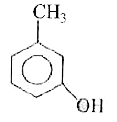 B
B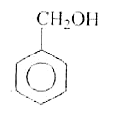 C
C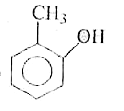 D
D
- Question 2 - Select One
The structure of the compound that gives a tribromo derivative on treatment with bromine water is :
A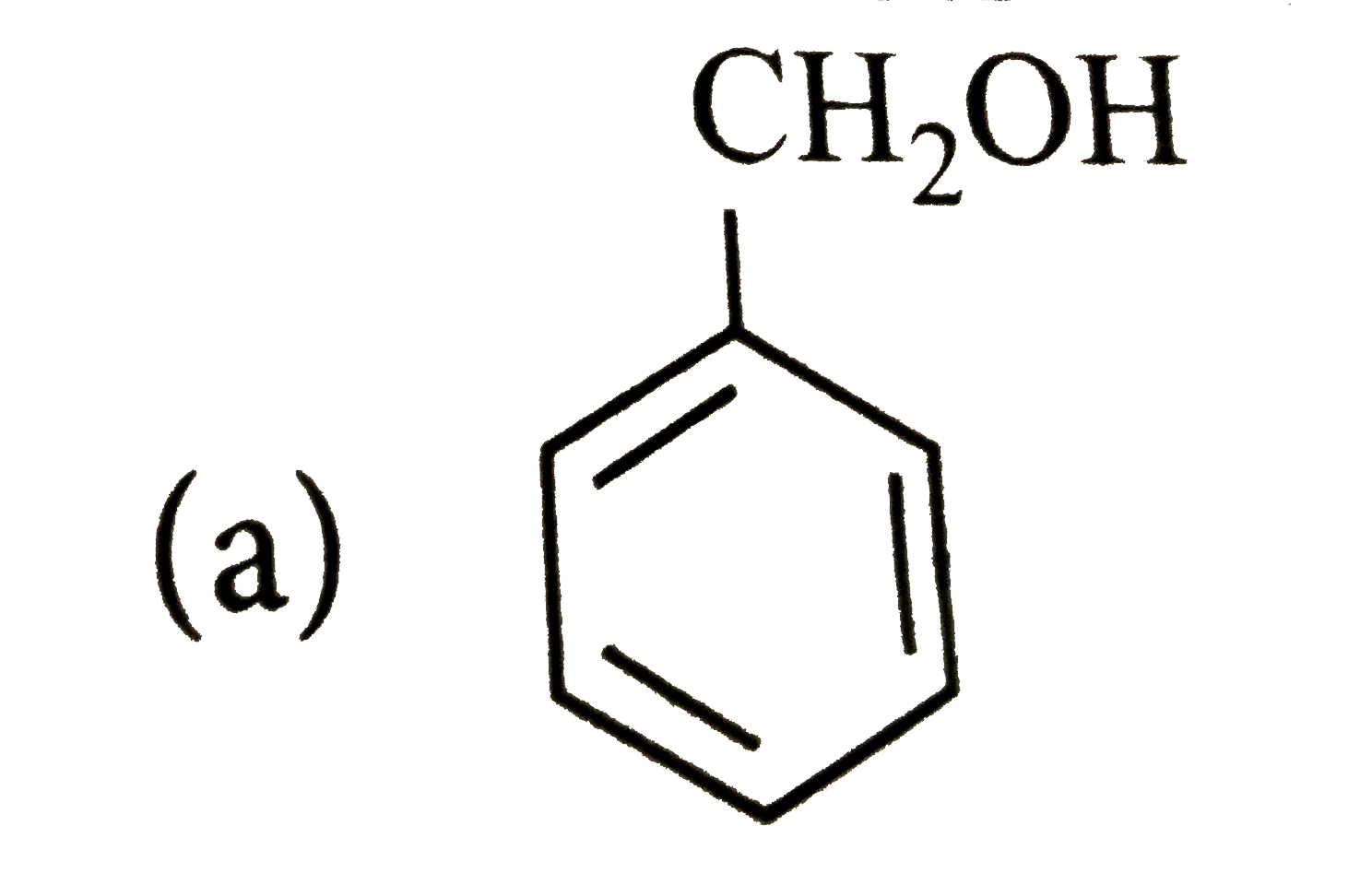 B
B C
C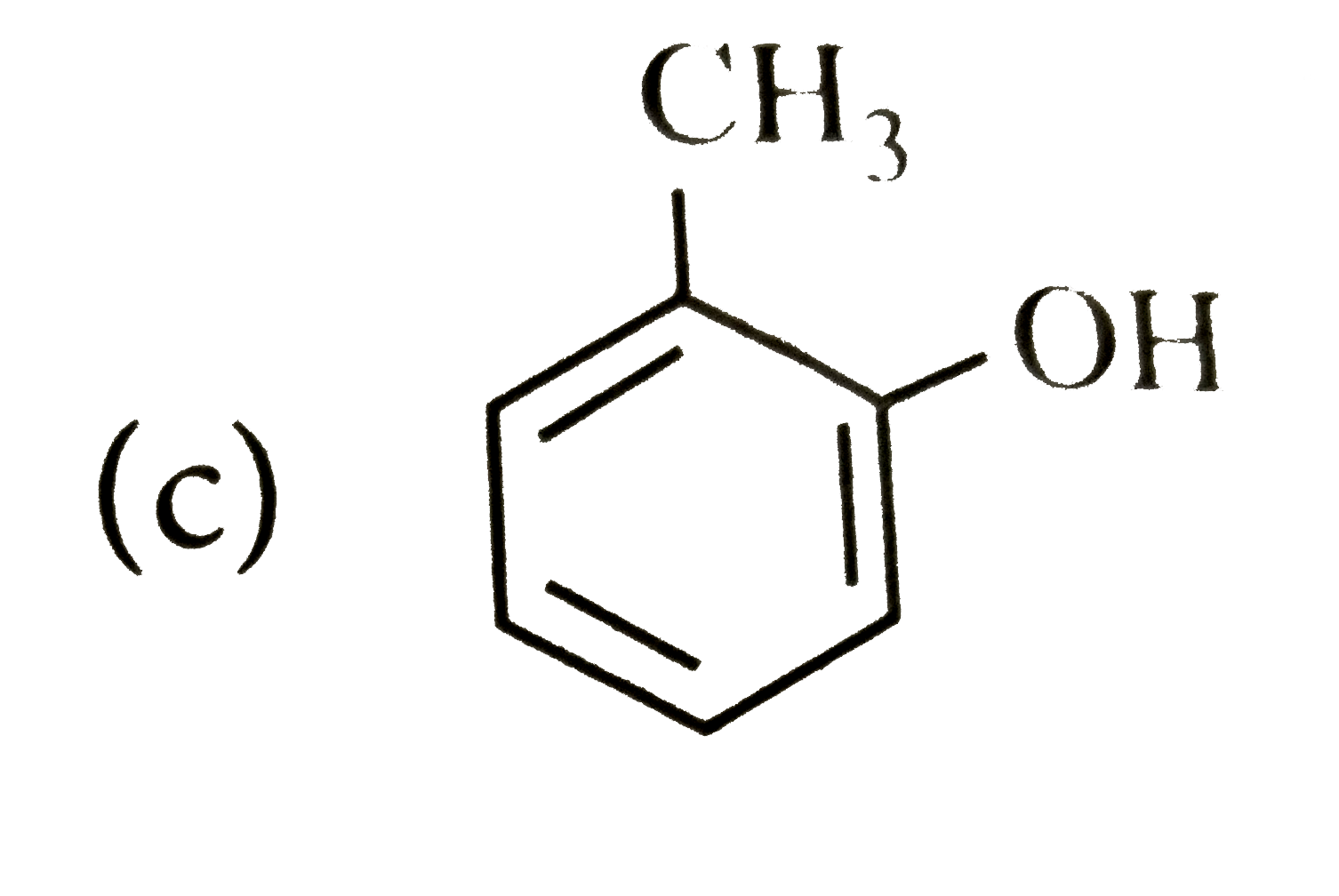 D
D
- Question 3 - Select One
Glucose on treatment with NH2OH undergoes
AcondensationBreductionChydrolysisDoxidation

